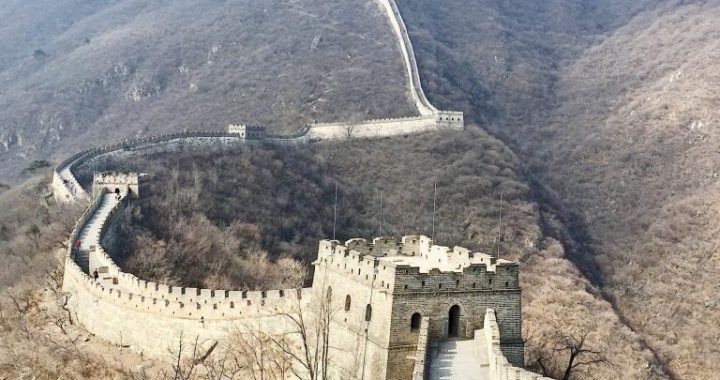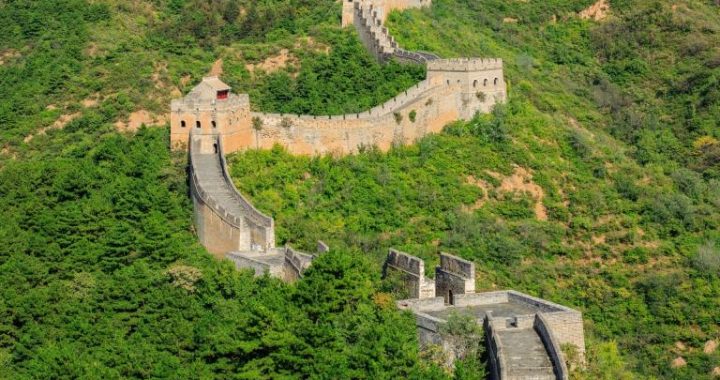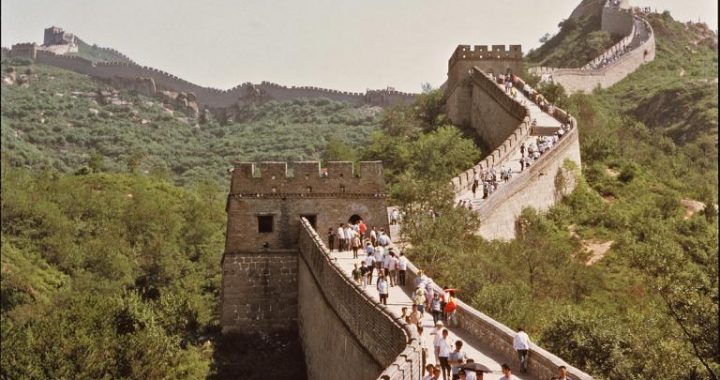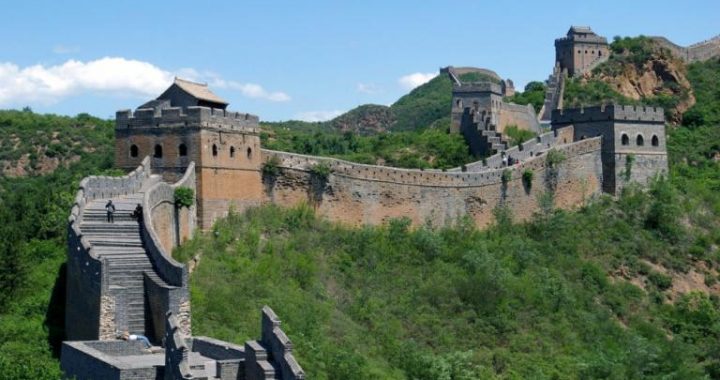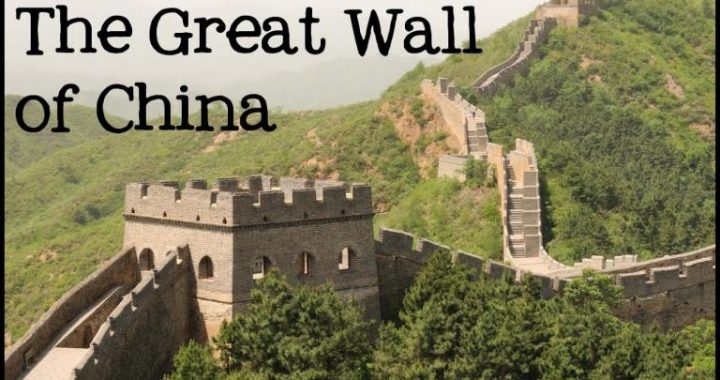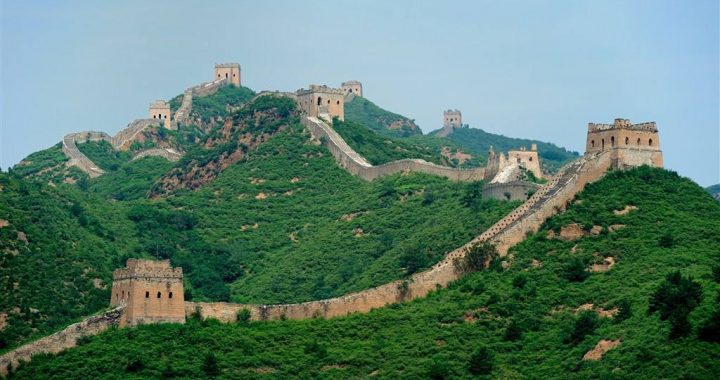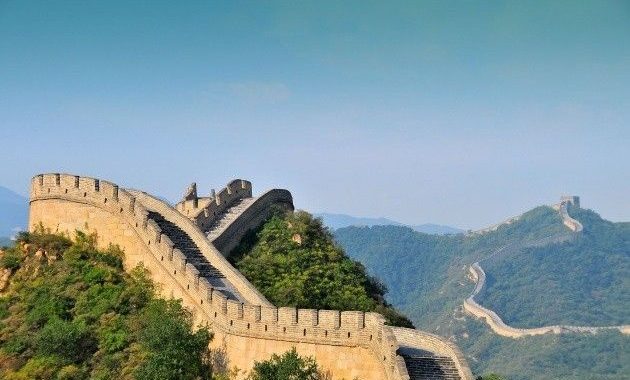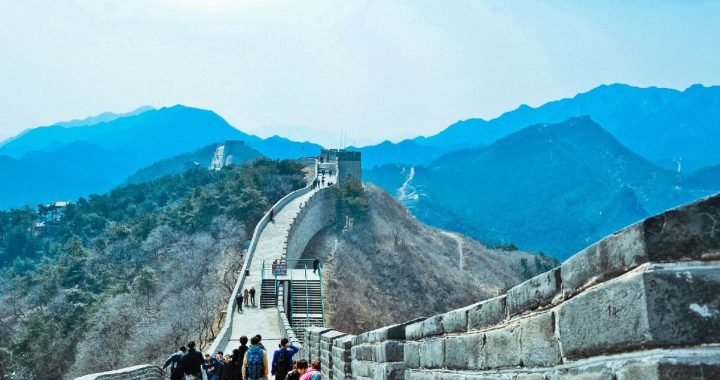Rambling on the Western Han Great Wall
4 min readThe Qin Shihuang Great Wall was already of a large scale,while the Western Han Great Wall was even larger,and in addition there was an outer Great Wall newly built.The total length of the Western Han Great Wall reached 10,000 kilometers,therefore the Western Handynasty(206 BC-25 AD)was the one built thelongest Great Wall among all the dynasties.
The Western Han Great Wall started from Liaodong in the east and reached Yanze in the west.Its east section was mainly repaired on the basis of the Qin Great Wall;and in the north of Yinshan Mountain it added passes and fortresses, while the section from Hexi Corridor to the west was newly built.
Beside the ramparts, the Western Han Great Wall also had fortresses, watchtowers, beacon towers, passes, moats and barracks etc. Along the Great Wall, there was a beacon tower in every 5 miles,a watchtower in every 10 miles,a fortress in every 30 miles and a pass and fort in every 100 miles, constituting a tight line of defense.
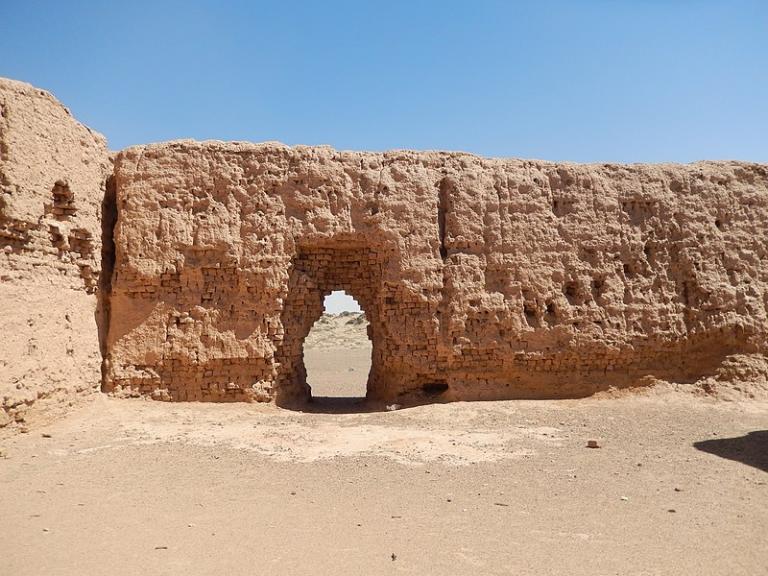
The West Section of the Western Han Great Wall The west section of the Western Han Great Wall started from the side of Sugunuo’ er Lake in Ejina Banner in Inner Mongolia Autonomous Region, going south along Ejina River, and then turned to the west along Beida River in Jinta County in Gansu Province. Then it extended alongthe south foot of Beishan Mountain and the side of ShuleRiver till Xiaofangpan City in the northwest of Dunhuang County. Then it continued to go westward, passing Lopnurand the side of Kongque River, but there were no longerwalls built, only with the continuous beacon towers. The Great Wall and beacon towers in Juyan area were built to cut connection between the Xiongnu people and the Qiang people and to protect Hexi Corridor-the important path from the Han dynasty (206 BC-220 AD) to Western Region. There are about 30 sites of the Great Wall left now, including passes and walls, beacon towers, administrativeoffices of Commandants and Captains. The west section of the Western Han Great Wall was mainly stamped with rammed earth or built by laying adobes, and among the layers of rammed earth there usually were reeds in between to improve its erosion-resistant ability; there were also some sections built by laying flagstones on the two sides of the wall and filling gravels in the middle, or only built by laying the brushwood with gravels pressing tight.
The Western Han Great Wall used to stop effectively the harassing of the nomadic tribes in the north towards the agricultural area in the south in history. In the sites of the Western Han Great Wall the later people found many cultural relics of the Han dynasty (206 BC-220AD), indicating that the products like haircloth, grapes and fruits of the western countries then were also transported a long way into Chang’ an and the areas in the southeast along the “Silk Road”. Therefore, the Western Han Great Wall also played an important role in ensuring the smoothness of the “Silk Road”and the communication on cultures and arts between China and the other countries.

The Middle Section ofthe Western Han Great Wal The middle section of the Western Han Great Wall refers to the part between Shangdu and Ejina Banner in Inner Mongolia Autonomous Region. It was composed by two walls, with the”outer wall”built in the early Western Han dynasty (206 BC-25 AD) lying on the prairie in the north of the Qin Great Wall. These two walls had a dis-tance varying from 5 to 50 kilometers between them. And they were built combining stamping earth and laying stones, or using the cliffs as one side of the wall. Besides,along this section of the Great Wall there also were discovered many farming tools from the Han dynasty (206 BC- 220AD), indicating that the defending troops also engaged in agricultural production at that time.
The East Section ofthe Westem Han Great Wall The east section of the Western Han Great Wall refers to the part from Shangdu to Liaodong Peninsula. The Western Han Great Wall in Chengde area in Hebei Province was located in the south of the Qin Great Wall and the Yan Great Wall, and the north of the Ming Great Wall. Its construction was still based on the principle of”making use of topographical advantages in building passes”, and the ramparts were combined with blockhouses, most of which were stamped with rammed earth. The section of the Western Han Great Wall in Chifeng area in Inner Mongolia Autonomous Region was distributed in the south of the Yan Great Wall of the Warring States Periods (475 BC-221 BC) and the Qin Shihuang Great Wall built in the Qin dynasty (221 BC-206 BC). The Western Han Great Wall site in the present-day Liaoning province starts from Fuxin city in Liaoning province, passing Zhangwu, Faku and Kaiyuan in the east, and then it turns to the south, entering the territory of North Korea by Xinbin andKuandian. Judging from the characteristics of this sectionof the Great Wall, which has both the construction characteristics of the State of Yan and the Han dynasty (206 BC- 220AD), indicating that the Western Han Great Wall was built on the basis of the Yan Great Wall.

